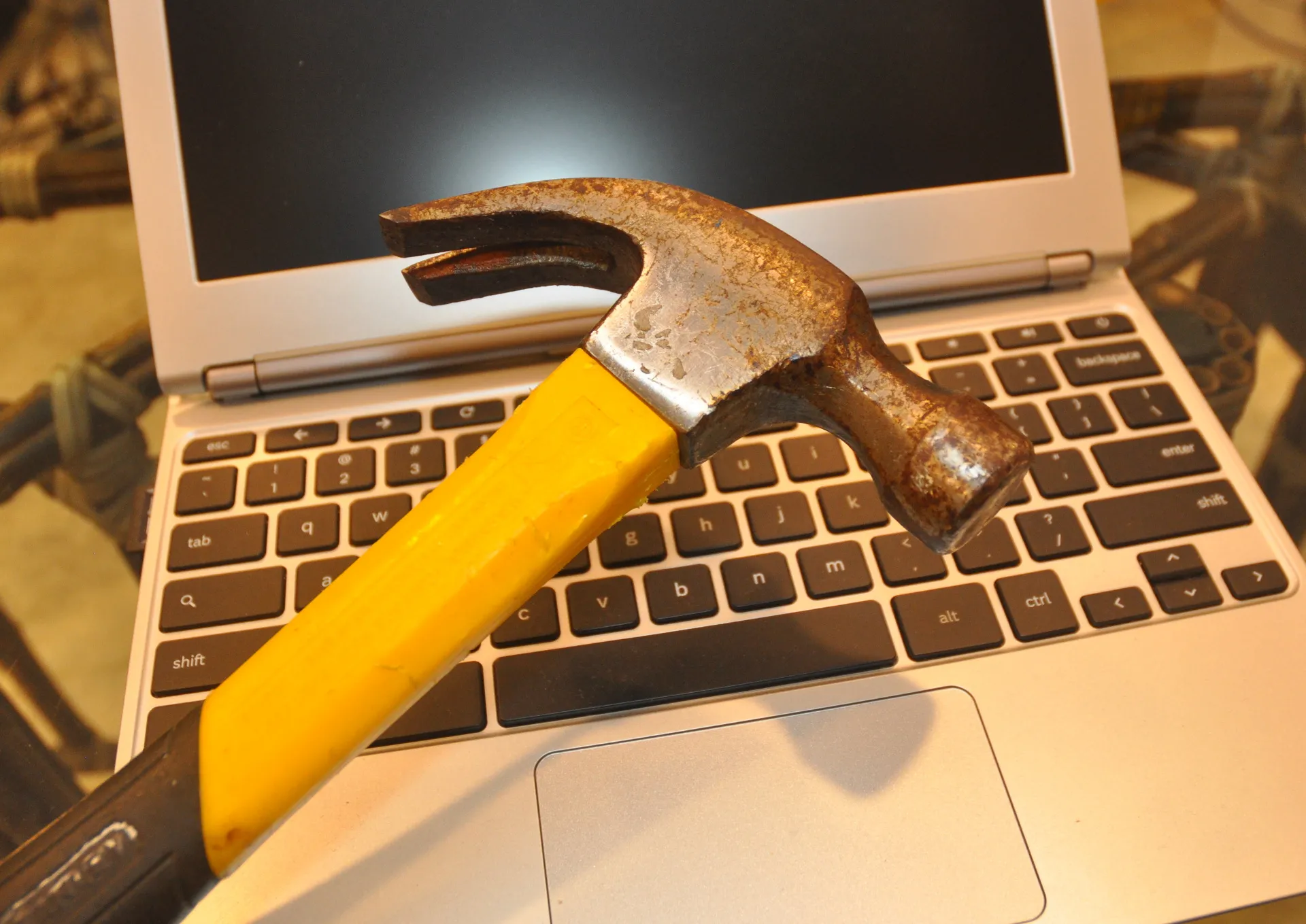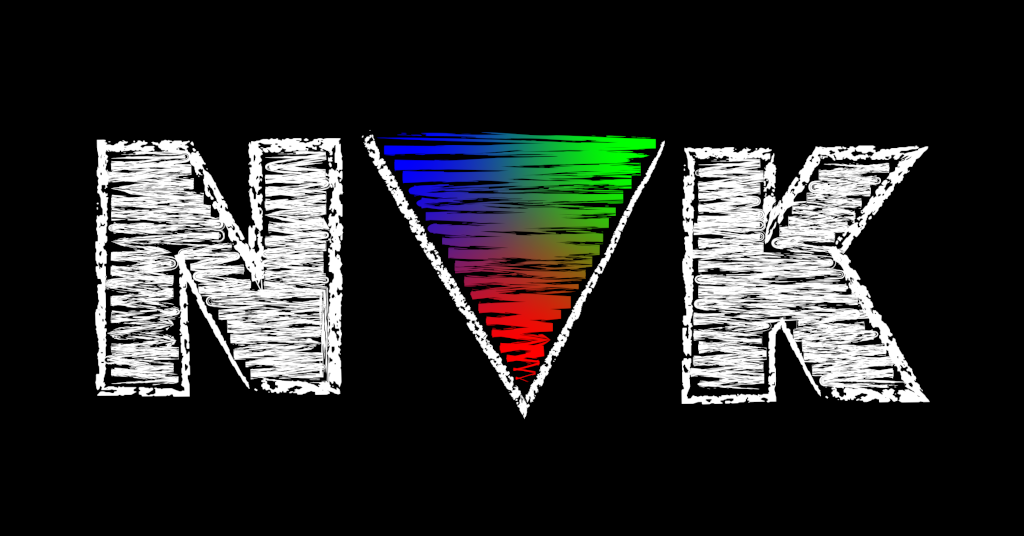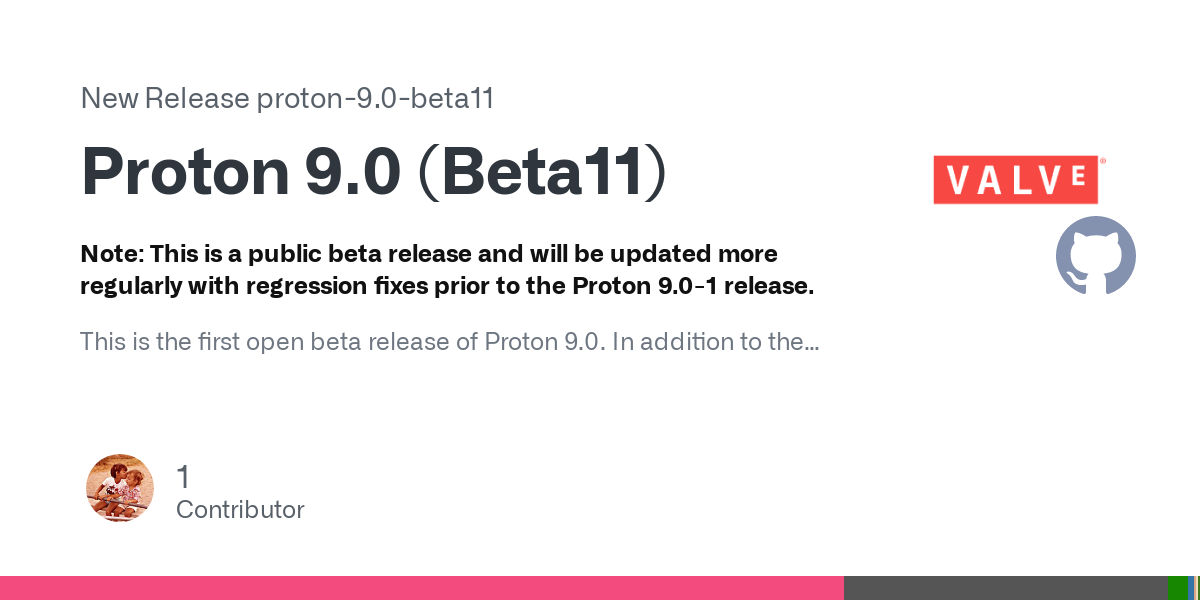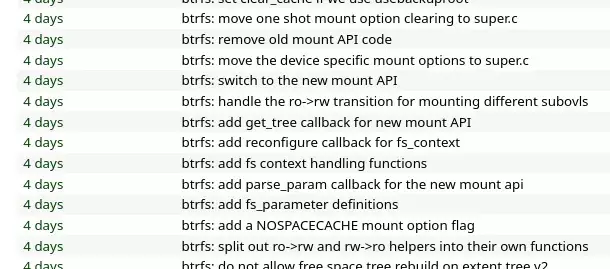

https://blog.kagi.com/small-web is the closest I’ve seen but it is indeed quite small and often not useful.
Kagi is generally a tool that can be made to clean your search results of poorly incentivised content. It already categorises “top 10” click farms as such OOTB and lets you disable them entirely.
The ability to block websites from appearing in your results is the most useful though IME. If I stumble upon a poorly incentivised website, I can simply block it and it will never appear again.
It’s not all you’re asking for but it gets you the closest that I know of.














Waiting some weeks for uncaught bugs to be ironed out might be advisable if you still have limited debugging capabilities.
Otherwise, you can always
nixos-rebuild build-vmusing the new release channel and see whether it breaks anything you depend on.My experience is that it probably won’t. My past few years of updating my server from one stable release to the next were, in one word, boring. Some renames, deprecations etc. with clear errors/warnings to fix at eval time but nothing that actually broke once it was built and deployed.